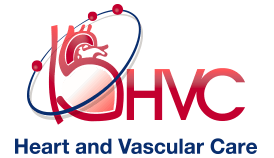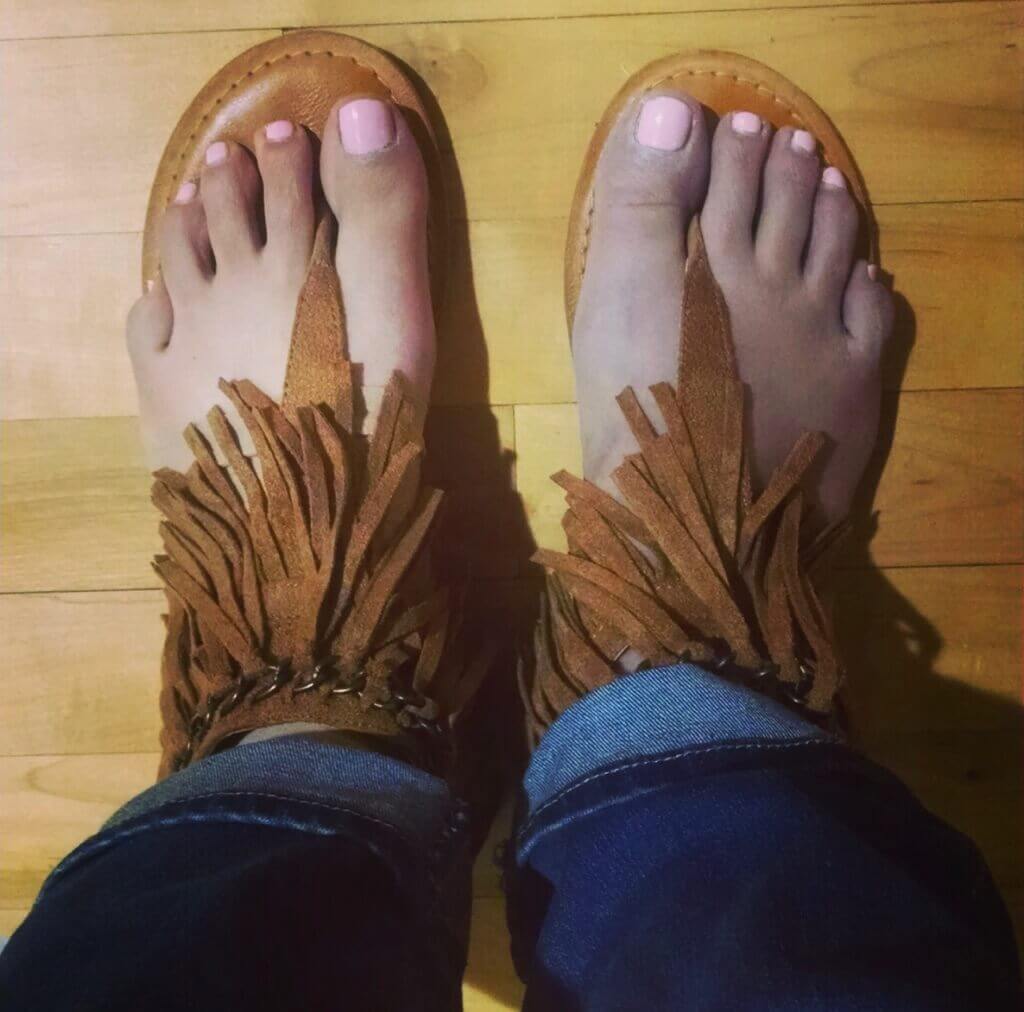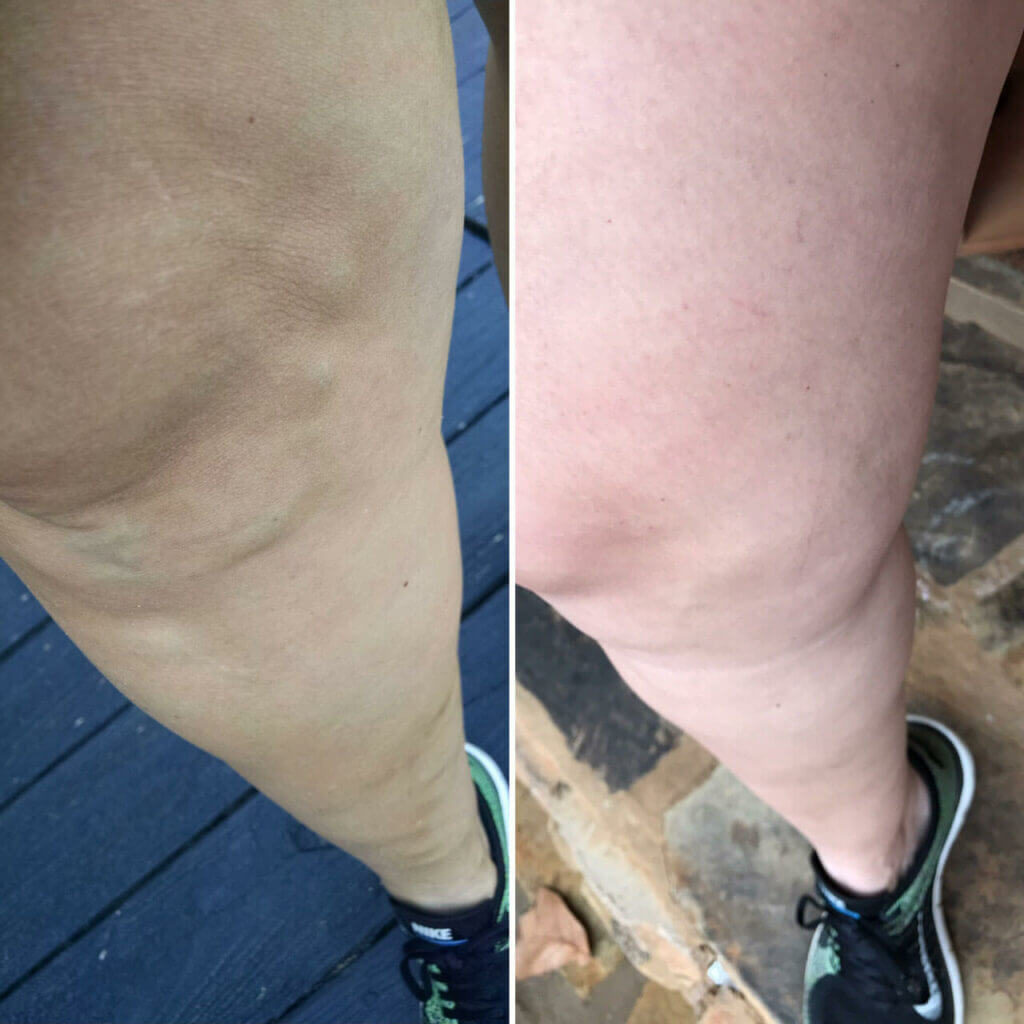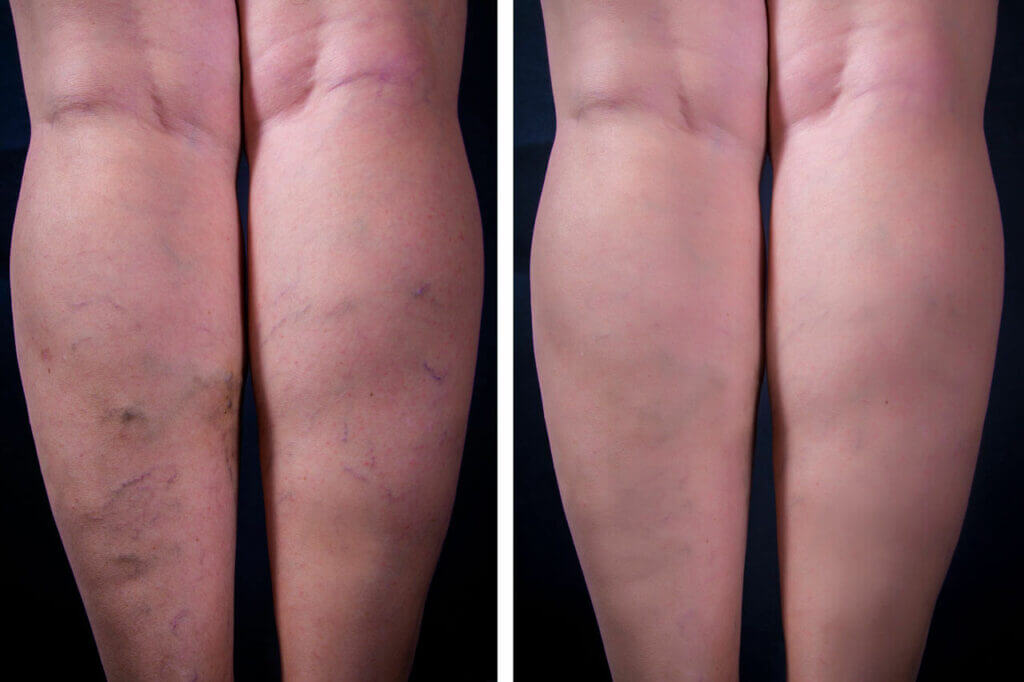Vein Disease
We offer the latest technology to diagnose and treat venous disease, including a full-service, accredited vascular laboratory with state-of-the-art technology to accurately and comfortably diagnose circulatory disorders.
Venous disease can manifest at any age, from early teens through your nineties. Caused by valves in the veins that are weakened or not functioning properly, rather than sealing off the vein and forcing the blood to move forward, the weakened valves allow the blood to slip backward and pool at various places in the veins. This is called Venous Reflux Disease. Even though vein disease can progress through several stages, those who suffer from it may never move beyond stage one or stage two.
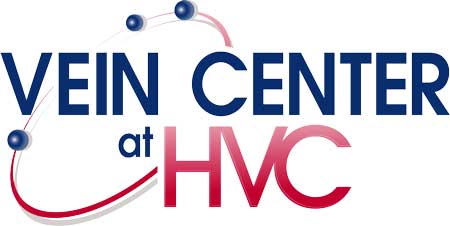

Stages of Vein Disease
Stage 1 Spider Veins:
Generally the first stage of vein disease, these are fine, threadlike veins that appear on the surface of the skin. A purple-blue color, these veins are not usually uncomfortable. Their prominent appearance is often a source of embarrassment for sufferers, though, and many desire to have them removed.
Stage 2 Varicose Veins:
Ropey, thick, twisted veins that can usually be seen beneath the surface of the skin, varicose veins are often very uncomfortable. These are caused by the blood pooling in the veins and pushing against the vein walls. Besides the discomfort that varicose veins cause, sufferers are often self-conscious of how the veins look.
Stage 3 Edema:
As the veins fail more and more in their moving of the blood forward, fluid begins to collect. The veins are a critical part of your body’s ability to absorb fluids, so as the veins fail to work properly, the fluid collects, primarily in the legs, and edema occurs. Many sufferers find they need to elevate their legs to find relief from the discomfort caused by the edema.
Stage 4 Skin Change:
As the veins grow weaker and are unable to do their function, blood may leak from them and into the skin causing a brownish, reddish stain to appear. The skin becomes thinner, is easily injured and is much slower to heal.
Stage 5 Ulcers:
At this point, the blood flow is such that when a sore appears, it takes a long time to heal, months to even years. Some sores may never heal unless treated by a doctor. Seeing a medical doctor can reduce the healing time dramatically at this stage of vein disease.
Deep Vein Thrombosis:
A large blood clot that forms deep within the veins is called a deep vein thrombosis. This disease needs to be treated immediately; for if the clot should break loose, it could cause a heart attack, stroke or pulmonary embolism.
Pulmonary Embolism:
Pulmonary embolism occurs when a blood clot in the leg breaks loose, or a portion of a clot breaks loose, and travels to the lung blocking one of the main arteries to the lung. This can be a life-threatening situation if not treated properly by a doctor.
To get a proper diagnosis, you need to see a specialist.
Before and After Vein Treatment
Vein disease is not something to take lightly. Stay on top of your healthcare. If you suspect you have a form of vein disease or if you have a family history of vein disease, make an appointment with the specialists today. Let them give you a plan to healthier, happier veins.
